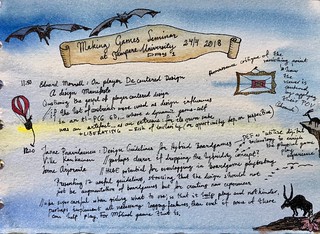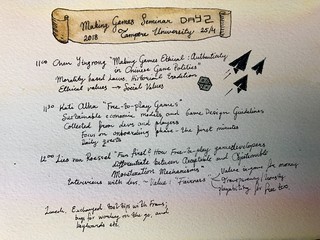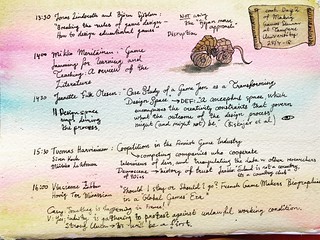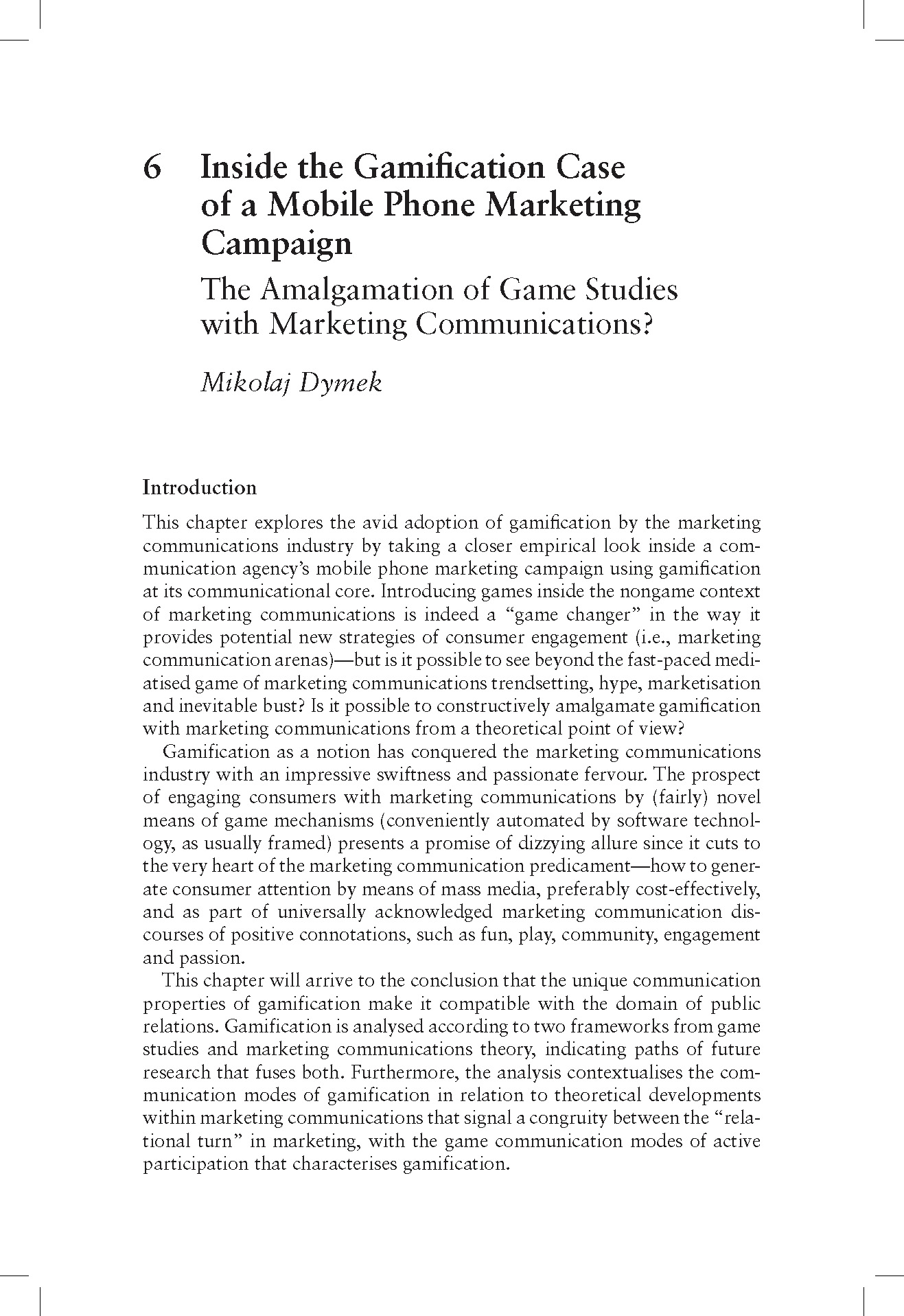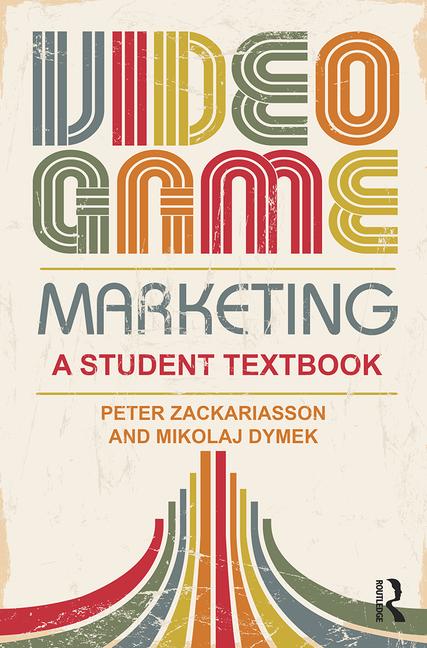Artificial Intelligence (AI) is a crucial tool and often part of innovative game designs. AI in games needs to be integrated in the design to not only encompass agents, or other tools, but also tie into the architecture of a game, both in terms of world-building, such as physics in the world, as well as the rules of the game. Together this creates the game mechanics, which may result in different play dynamics depending on how it is played.
When AI and game design is modelled and developed in tandem, the level of innovation is often increased: an innovative game design may need a new type of AI architecture, and vice versa. AI as a driver for game design is gaining traction in the research community, and is sometimes referred to as “AI based game design”, “AI-assisted game design” and at other times “AI driven game design”.
Here are a few text where we have tried to describe this emerging field:
Technical Report: USCS-SOE-11-27: AI-Based Game Design: Enabling New Playable Experiences Mirjam P. Eladhari, Anne Sullivan, Gillian Smith, Josh McCoy, University of California Santa Cruz, December 2011
AI-Based Game Design Patterns, Treanor, M., Zook, A., Eladhari, M.P., Togelius, J., Smith, G., Cook, M., Thompson, T., Magerko, M., Levine, J., Smith, A. Proceedings of the 2015 Conference on the Foundations of Digital Games (FDG 2015). Monterey, CA, June 22-25, 2015.
AI-Based Games: Contrabot and What Did You Do? Cook, M., Eladhari, M.P., Smith, A., Smith, G., Thompson, T., Togelius, J. and Zook, A. Playable Demo Track, Proceedings of the 2015 Conference on the Foundations of Digital Games (FDG 2015). Monterey, CA, June 22-25, 2015.
PCG-Based Game Design Patterns, Cook,M., Eladhari, M., Nealen, A., Treanor, M., Boxerman, E., Jaffe, A., Sottosanti, P., Swink, S. CoRR abs/1610.03138 (2016)

